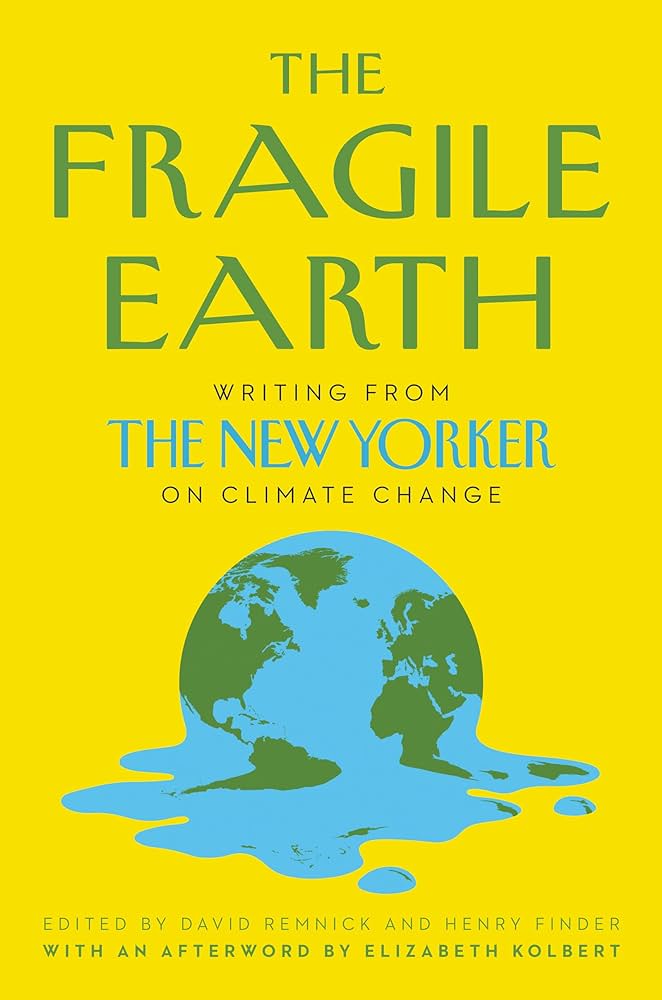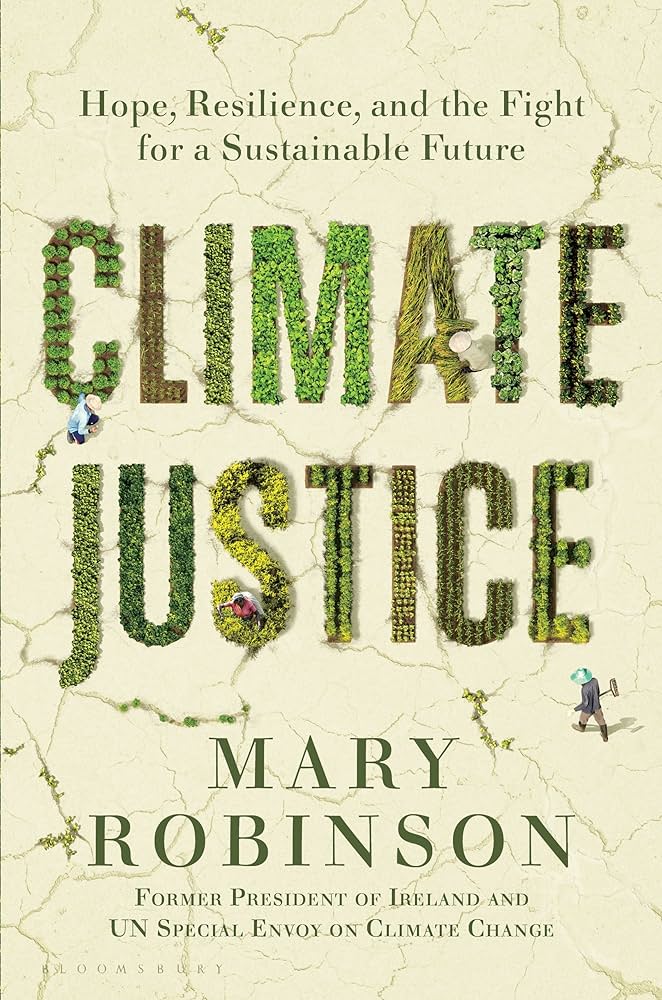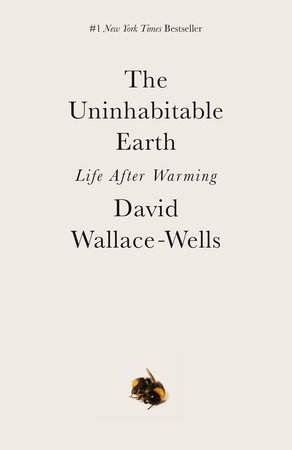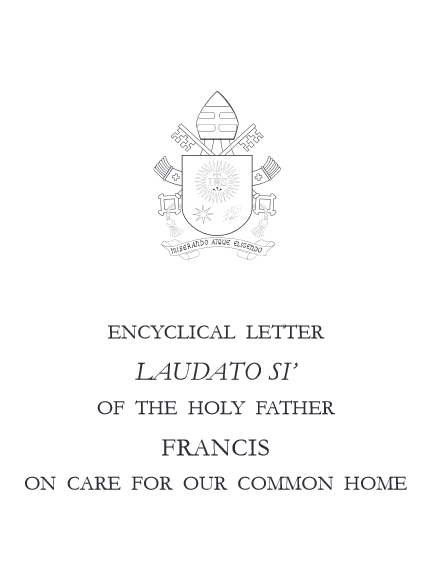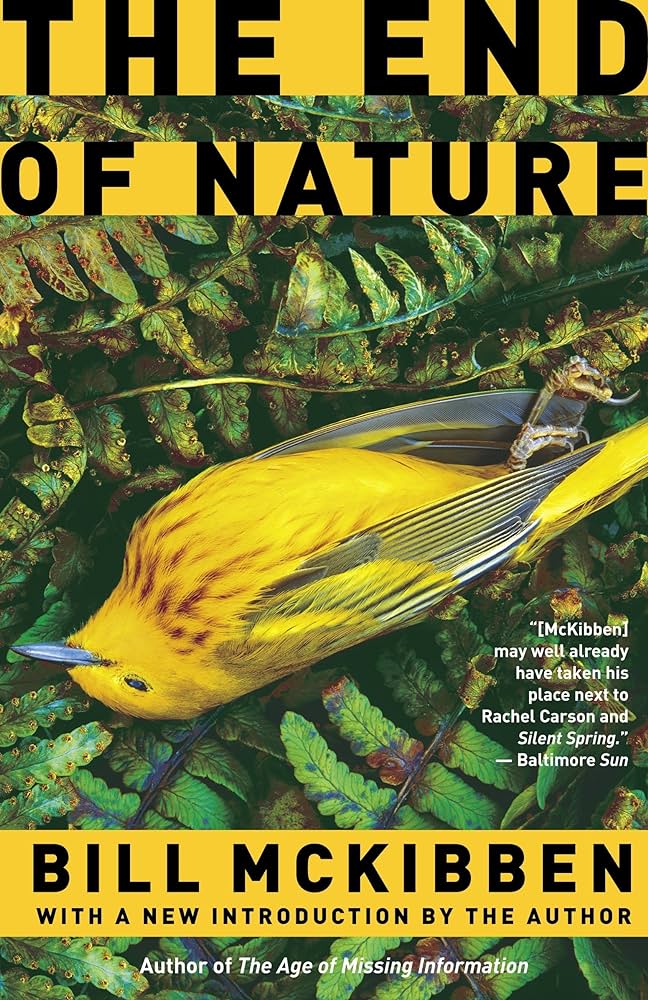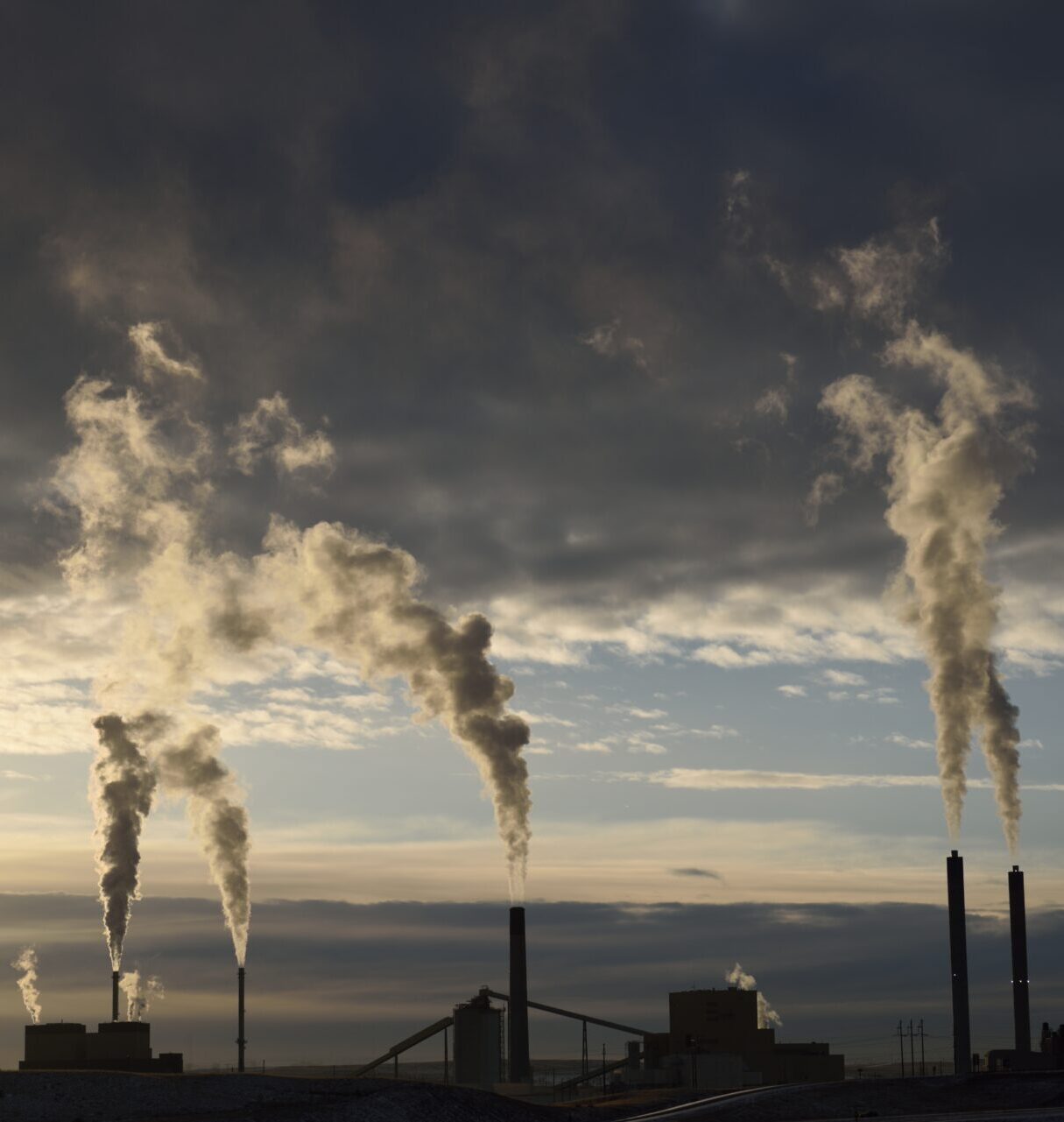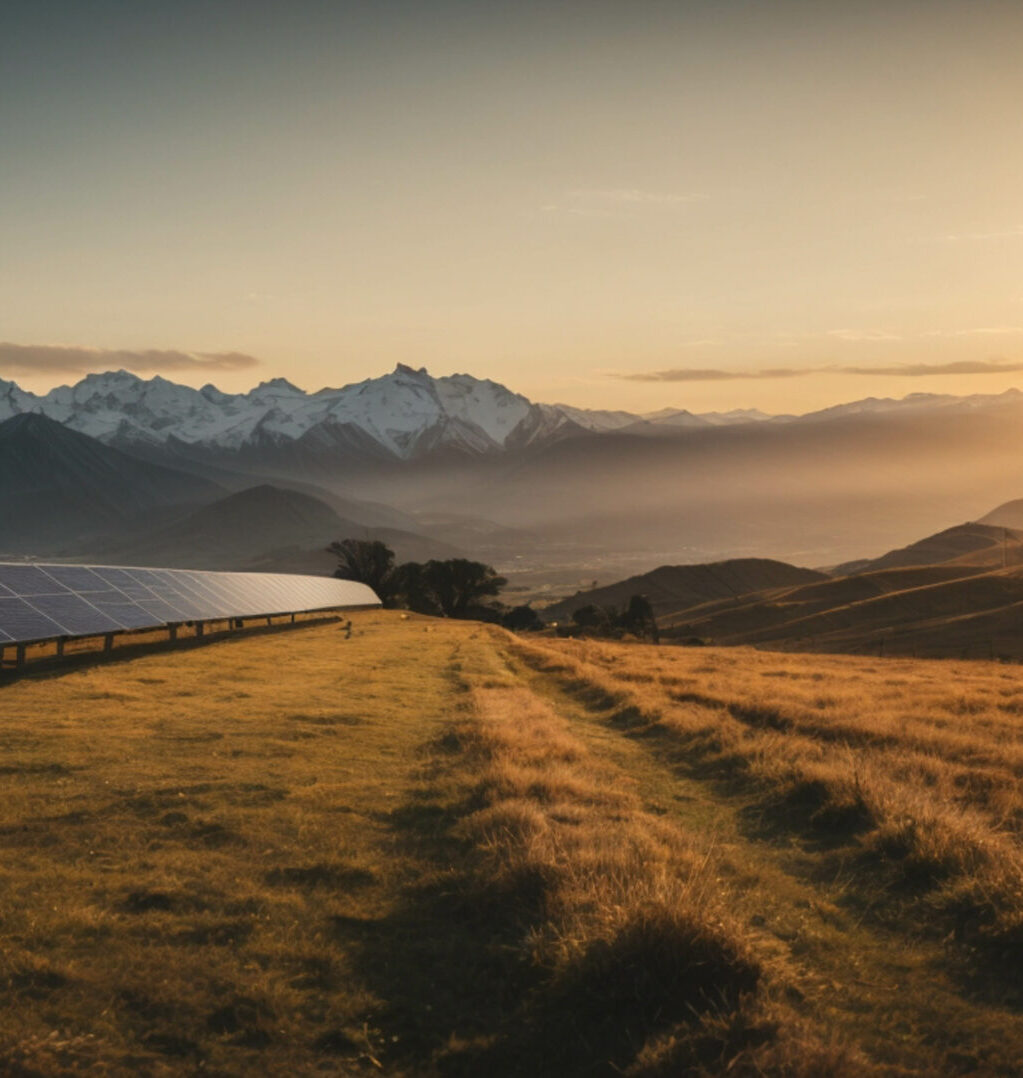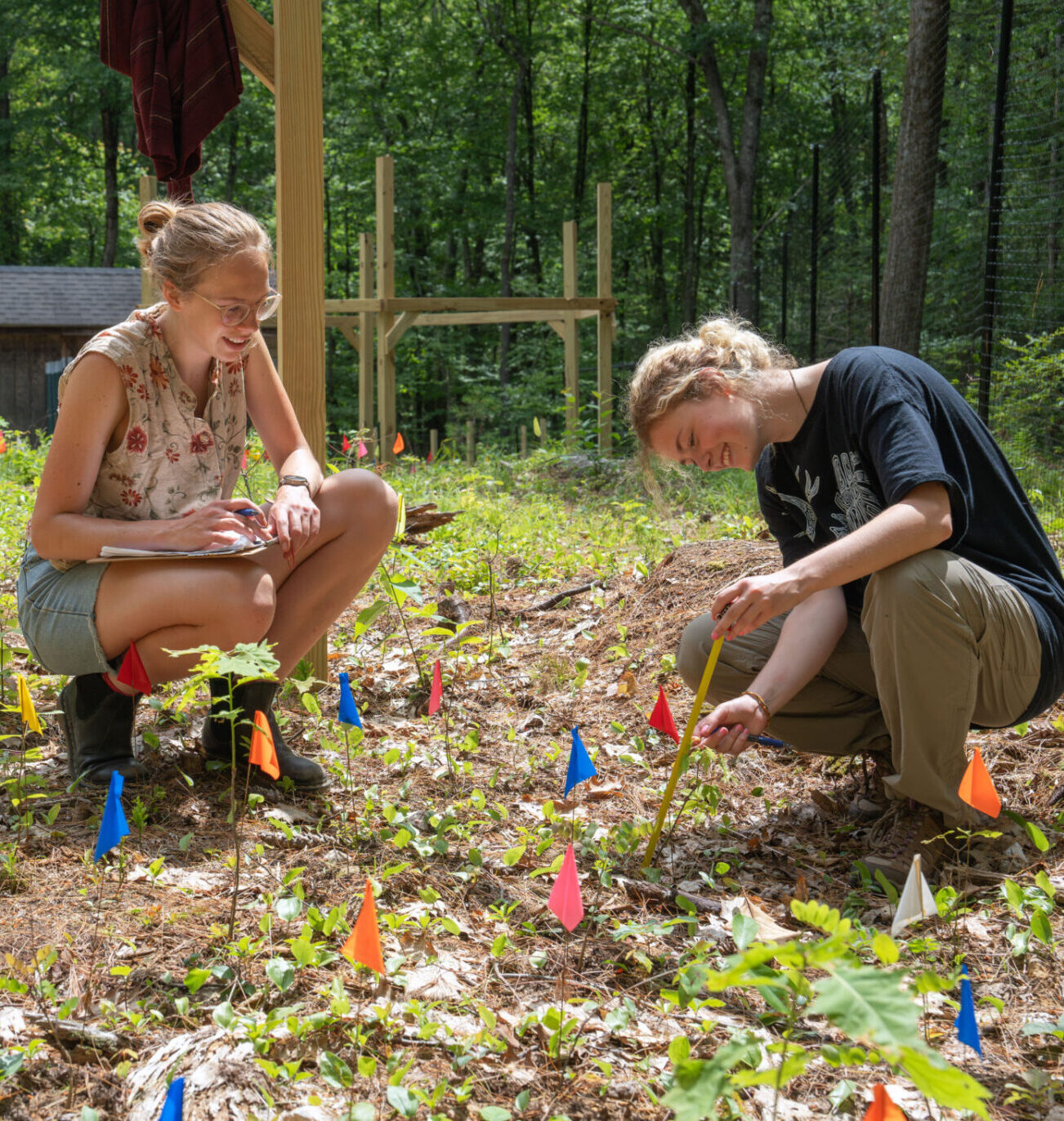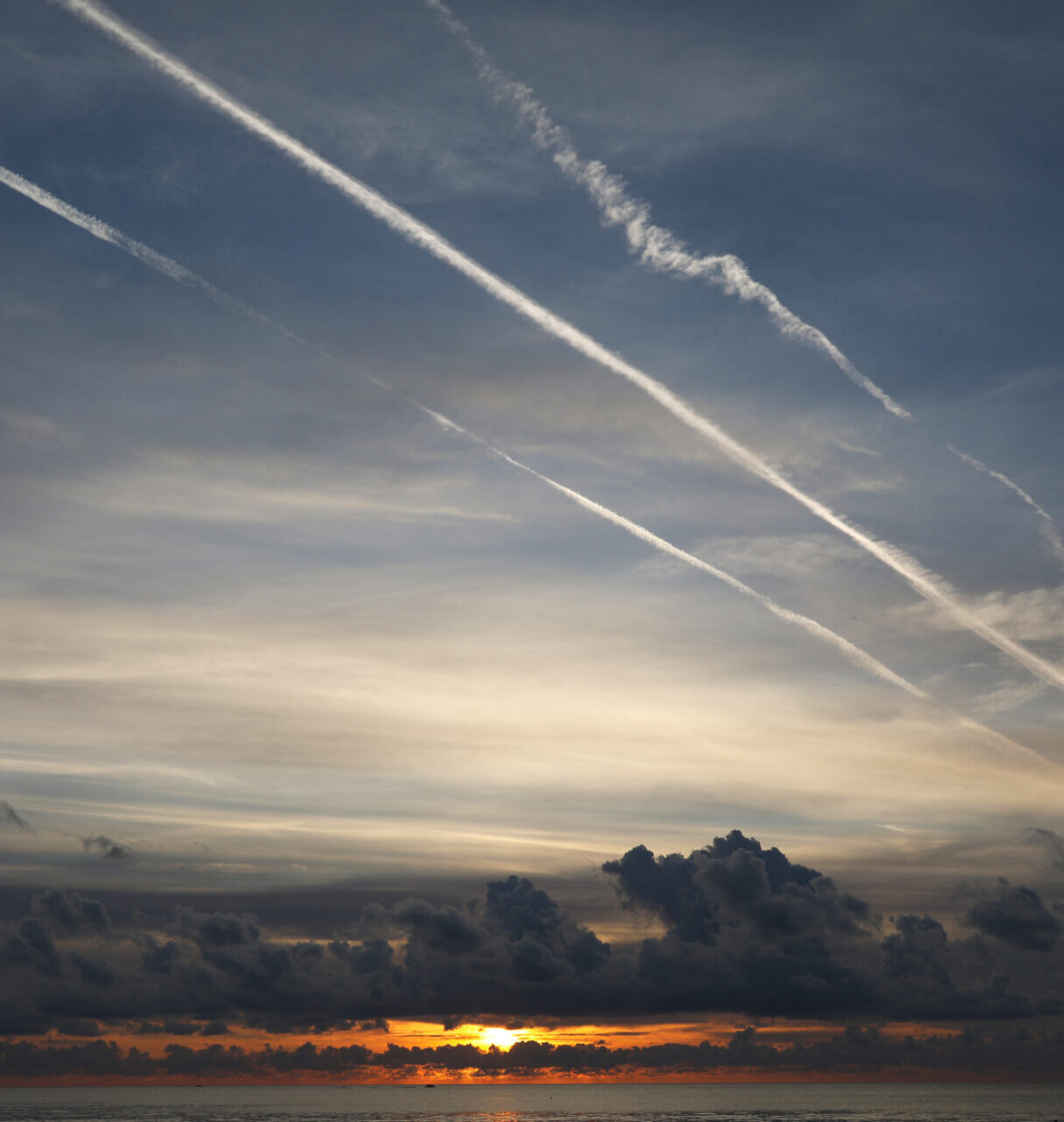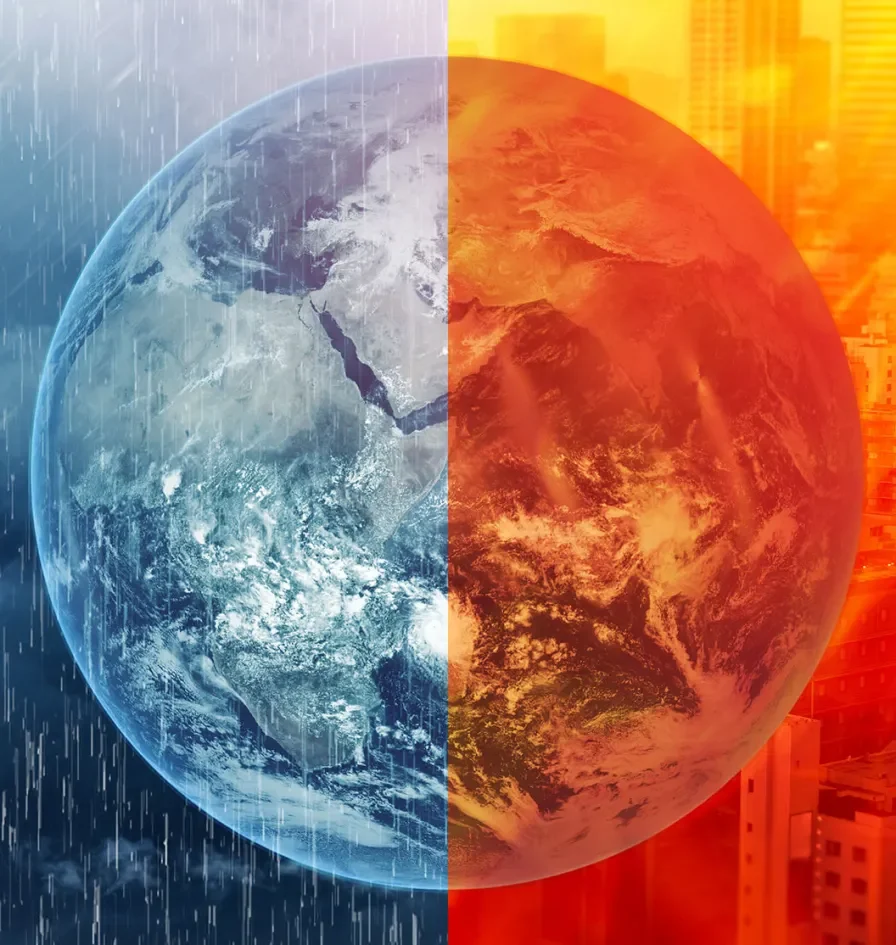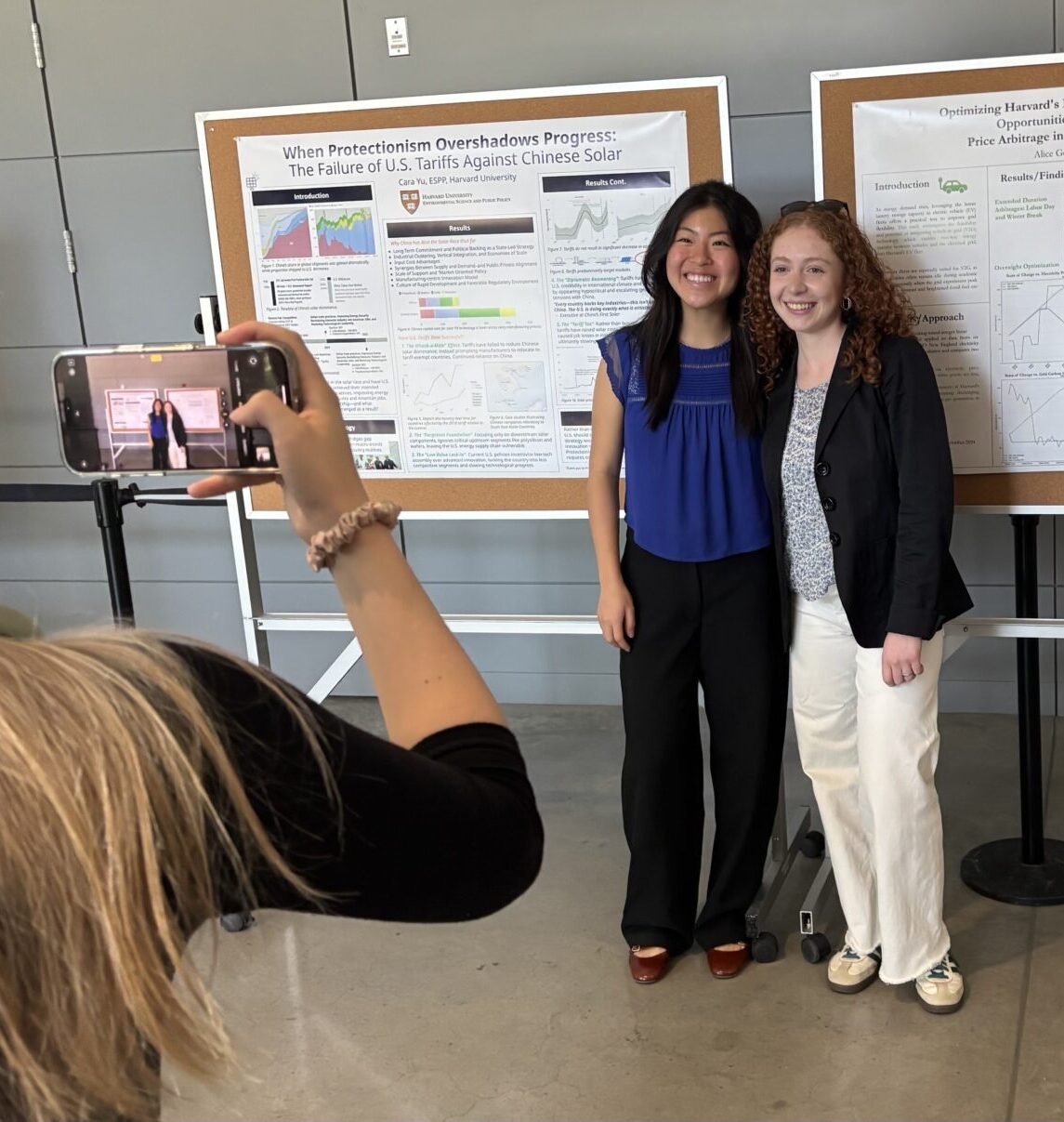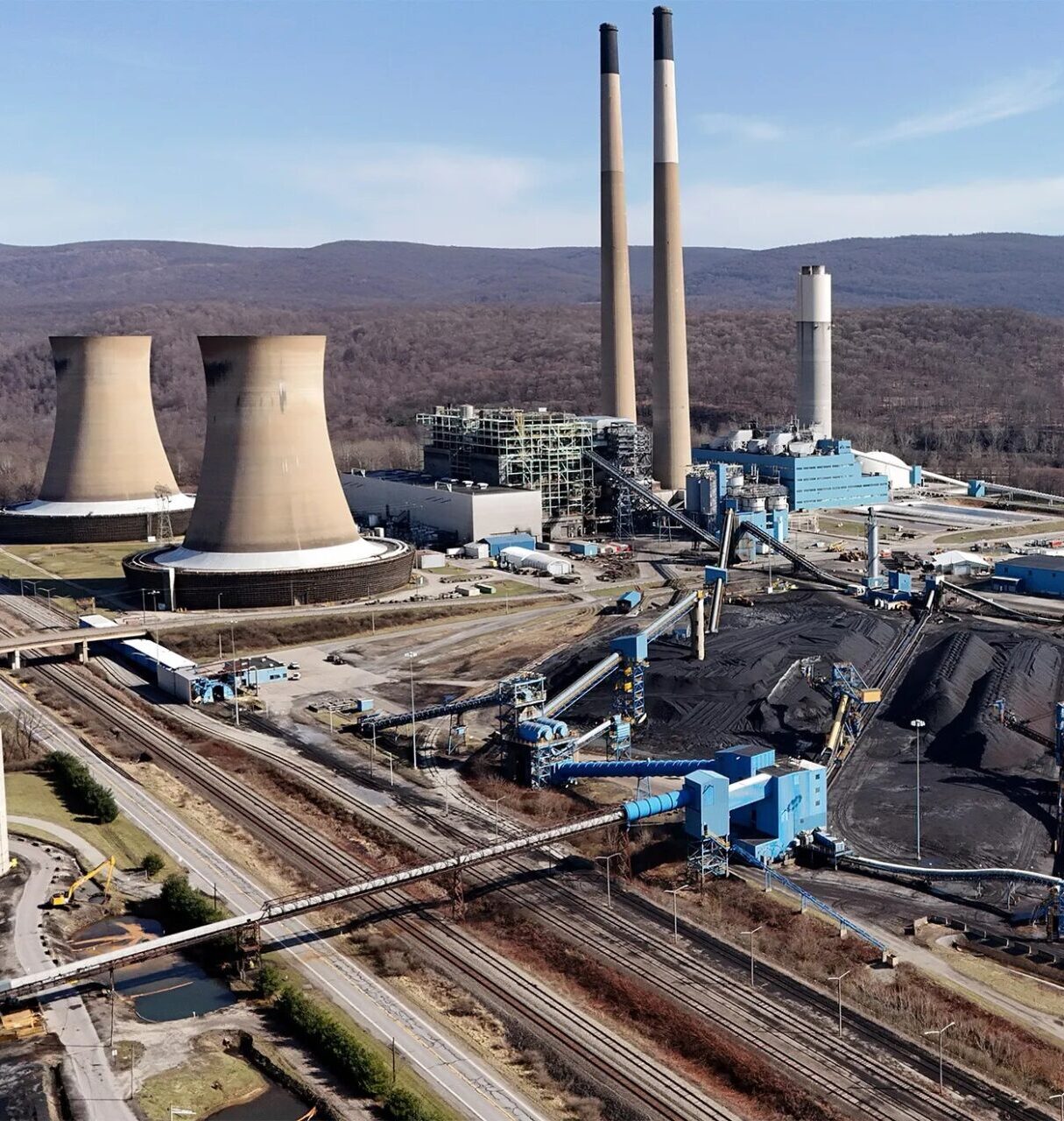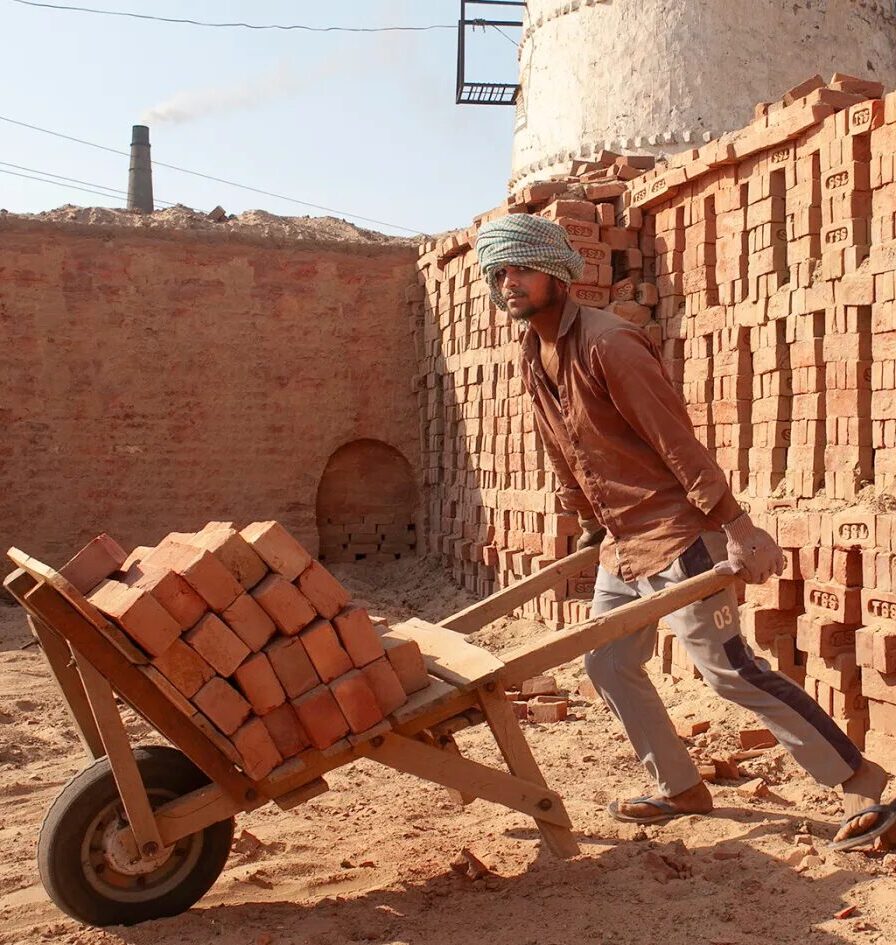Climate Reading with a Literary Touch: Notes by Harvard Professor James Engell
There now is so much good literary writing about climate that to present a curated list of “the best” with any confidence is impossible. A lot of the writing—non-fiction included—exhibits marvelous literary qualities and imaginative reach. Peruse, dip in, settle down, and find your own favorites. Many more titles could be listed.
— James Engell, Gurney Professor of English Literature and Professor of Comparative Literature
Fiction, or Cli-Fi, much of it Cli-Sci-Fi
Oldies but Goodies: J. G. Ballard, a trio of climate and disaster novels: The Drowned World, 1962. Set a century hence, global warming caused by solar radiation—not greenhouse gases—begets floods and rising seas, in many ways prescient. The Burning World, also titled The Drought (1964) blames industrial pollution; The Wind from Nowhere (1961) features persistent hurricane winds.
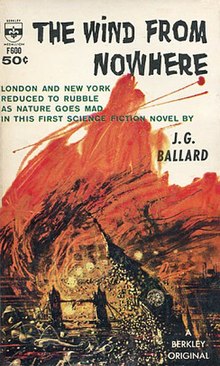
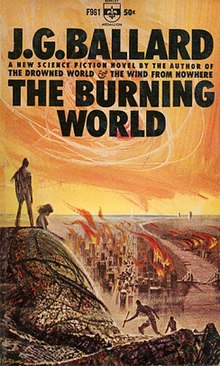
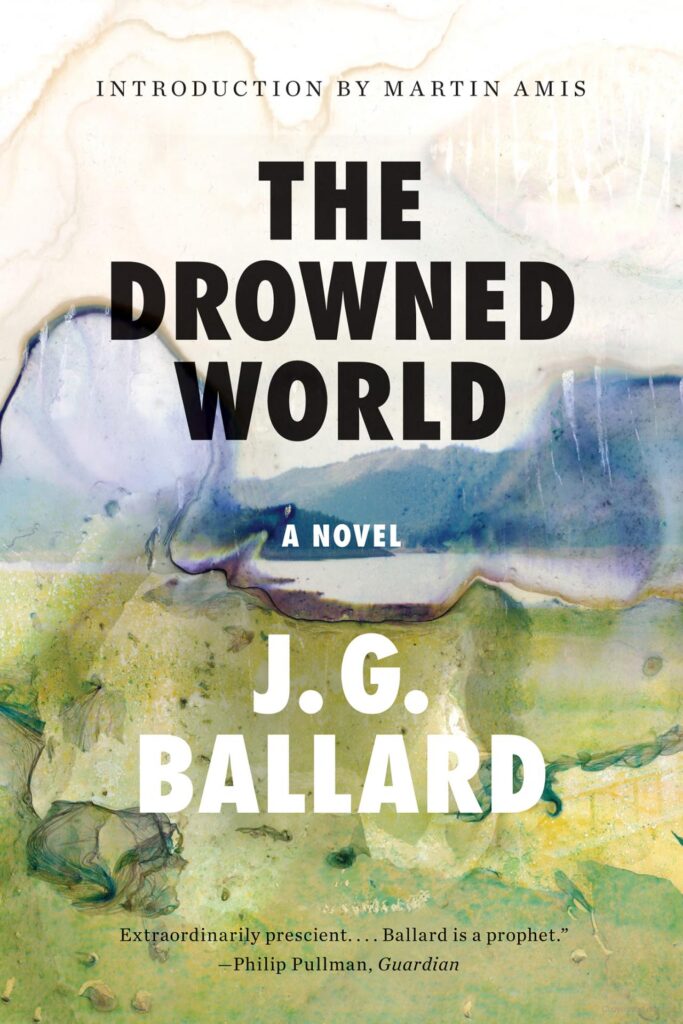
A Classic: Octavia E. Butler, The Parable of the Sower, 1993. Astonishing for its farsightedness thirty years ago; climate change and inequality here go hand-in-hand, as they do today. The story begins in 2024 amid societal breakdown and imagines a new religion.
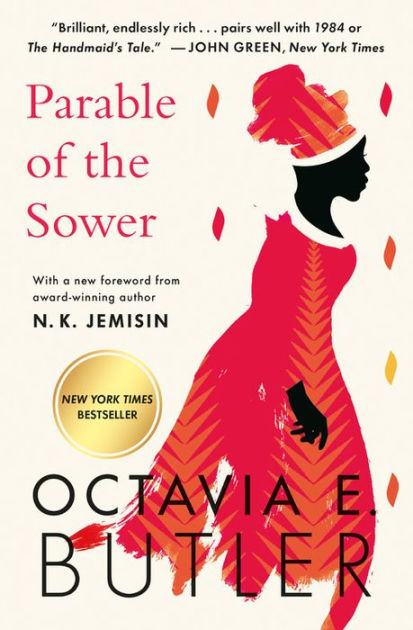
A True Disaster:
Michael Crichton, State of Fear, 2004. A fiction that posits climate disruption as a plot by scientists, a hoax—and the book is indeed fiction with bad, pseudo-science.
Saci Lloyd, The Carbon Diaries 2015, 2008. Envisions a climate catastrophe seven years after its initial publication. The UK mandates carbon rationing, which reveals and heightens family tensions and fissures. For young readers but adults, too.
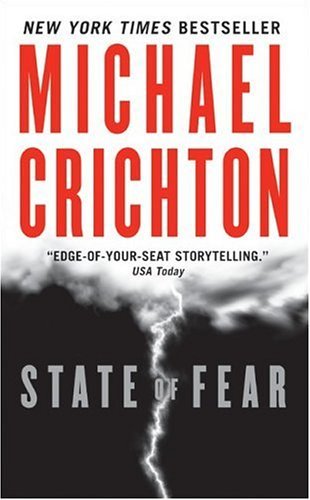
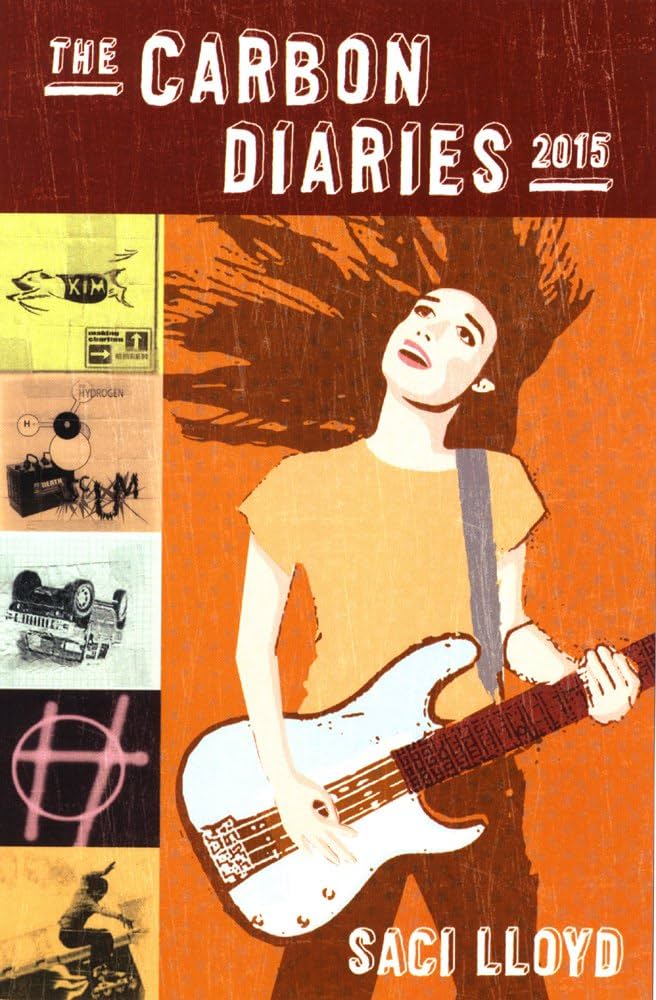
Realism Points to Real Change:
Barbara Kingsolver, Flight Behavior, 2012. How an American family, scientist, and journalist react to the altered migration of Monarch butterflies, a change that portends much larger changes.
Nathaniel Rich, Odds Against Tomorrow, 2013. High finance, science, and disaster meet and mix in New York City prone to massive flooding and earthquake.
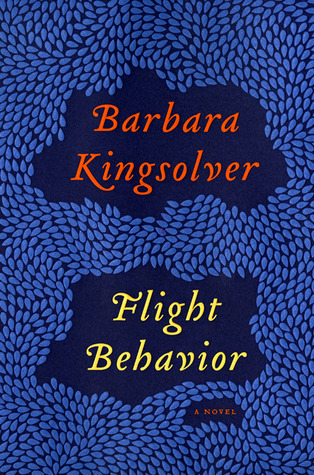
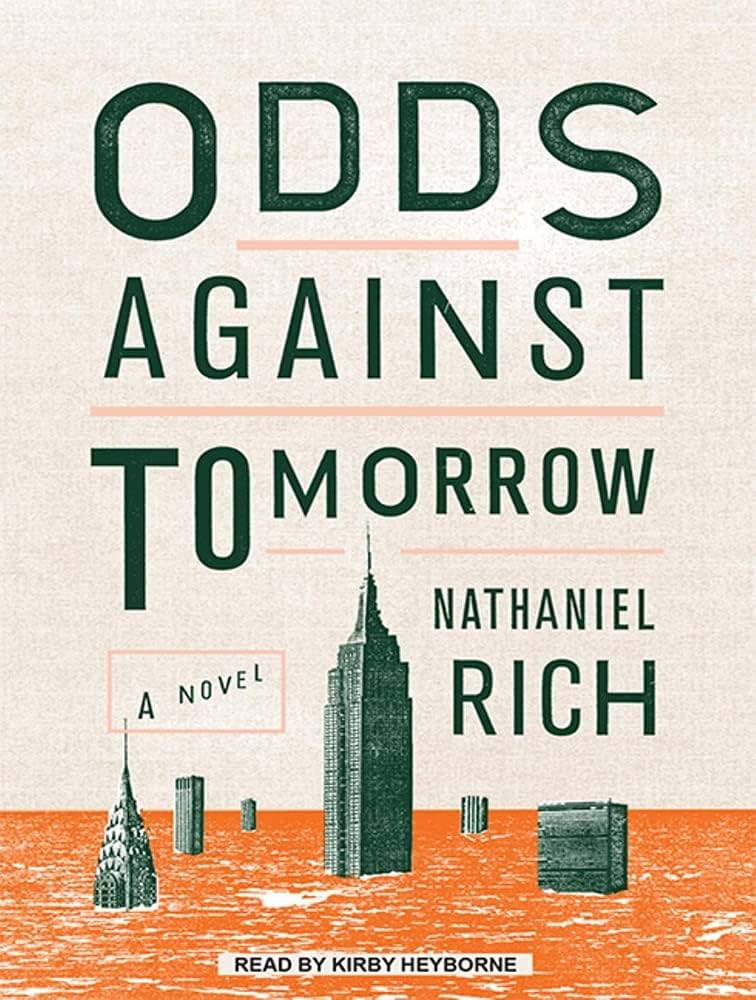
Indigenous Themes:
Alexis Wright, The Swan Book, 2013. An indigenous girl is severely abused, grows up, and joins the first indigenous leader of Australia amid a world altered by climate change.
Cherie Dimaline, The Marrow Thieves, 2017. A Young Adult novel: after a climate change disaster, indigenous people again are oppressed and hunted; they can dream, and their bone marrow is prized, for it permits those who take its serum to dream again, curing a disability that is causing havoc.
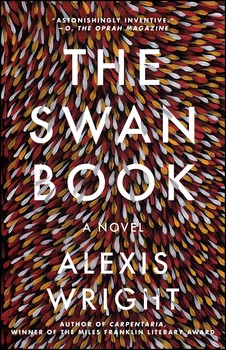
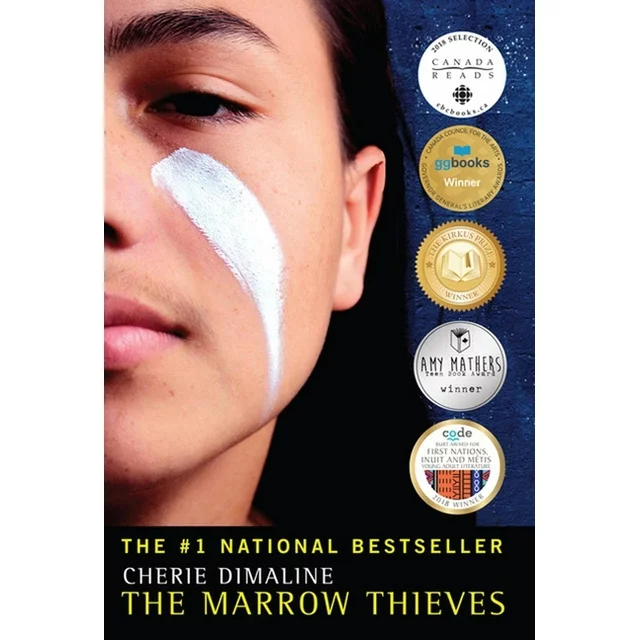
New Life? Megan Hunter, The End We Start From, 2017. What is birth, motherhood, and new life like in a climate-ravaged dystopia?
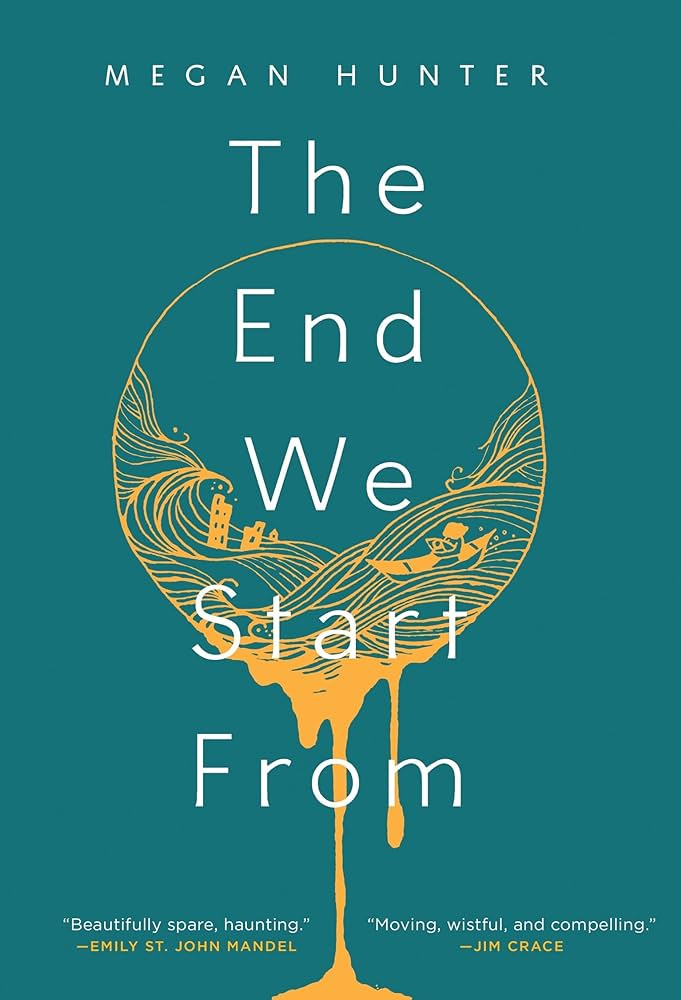
Or Death? Omar El Akkad, American War, 2017. Civil war over climate consequences and fossil fuels—takes current national divisions to the nth degree.
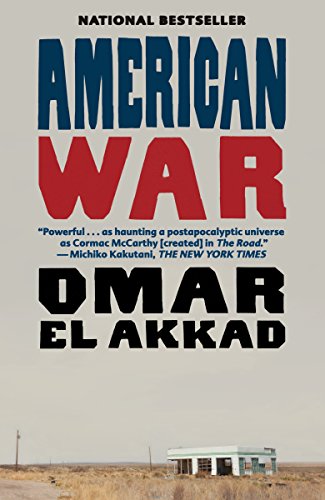
Deep, Calmer Views:
Richard Powers, The Overstory, 2018. Not so directly about climate as the related issue of deforestation and our perilous lack of appreciation for trees and forests.
Jenny Offill, Weather, 2020. Thoughtful fiction about realistic concerns of climate disruption—how does it affect our inner lives, fears, apprehensions?
Lydia Millet, A Children’s Bible, 2020. Children react to the aftermath of a hurricane while parents remain unconcerned; issues of generational awareness and justice.
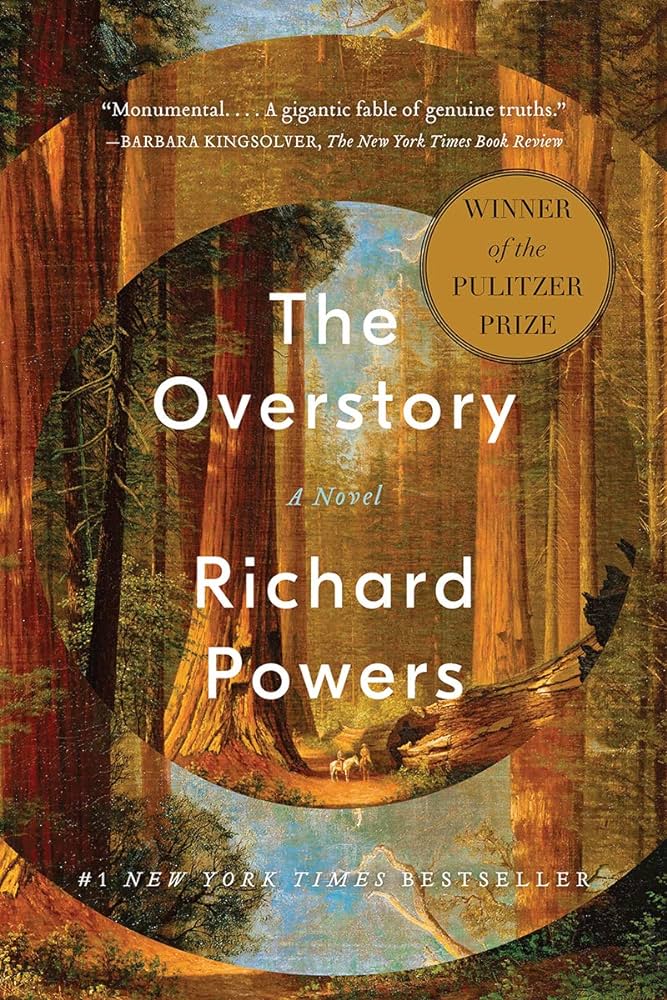
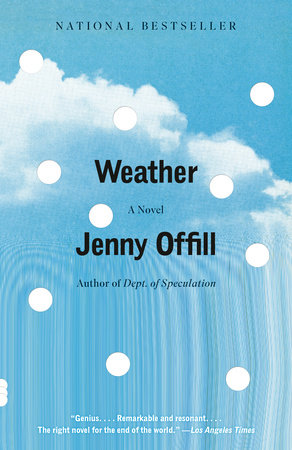
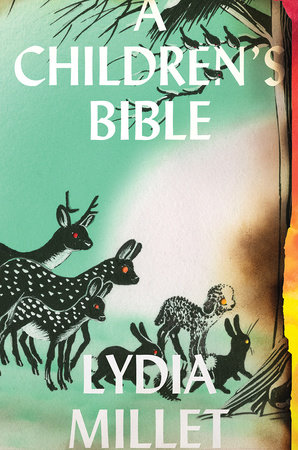
A Possible Future:
Kim Stanley Robinson, The Ministry for the Future, 2020. South Asian setting, solid science knowledge, intergenerational justice, solar geoengineering, and no terrible, apocalyptic ending (or beginning).
Thomas D. Lee, Perilous Times, 2023. Climate change meets the Arthurian legend! I haven’t read this yet but can’t resist putting it down as a new one to try.
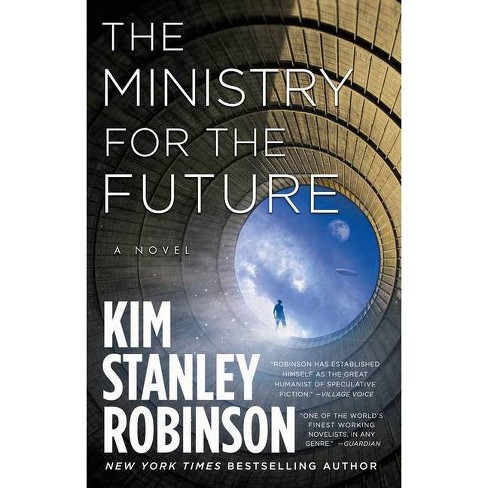
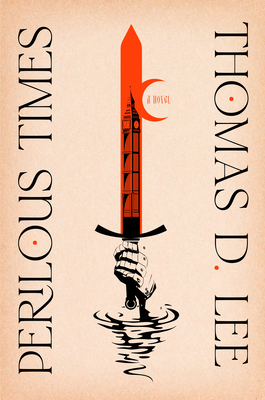
Non-fiction
Bill McKibben, The End of Nature, 1989. Former Crimson editor meditates on permanent alteration of climate and nature by humans, changes that will deepen.
Papal Encyclical, 2015. Laudato Sí appeared before the Paris Agreement was signed; full, cogent statement about humanity, economy, climate, and justice; Catholic teaching interspersed but not required to understand or accept the argument.
Mary Robinson, Climate Justice, 2018. The Harvard Honorand makes an essential connection. Climate Change breeds more inequality: what is to be done? How can grassroots movements help?
David Wallace-Wells, The Uninhabitable Earth: Life After Warming, 2019. Reprises and expands his chilling (yes!) essay in New York Magazine (2017) about intolerable heat.
The Fragile Earth, 2020. Three decades of writing from The New Yorker on climate, a fine collection by Elizabeth Kolbert, Kathryn Schulz, Bill McKibben, and others.
Papal Apostolic Exhortation, 2023. Laudate Deum is shorter, more pointed, impatient—again, the science is right; the critique levelled against radically inadequate actions of the rich and developed nations to mitigate climate change and to help others adapt.
